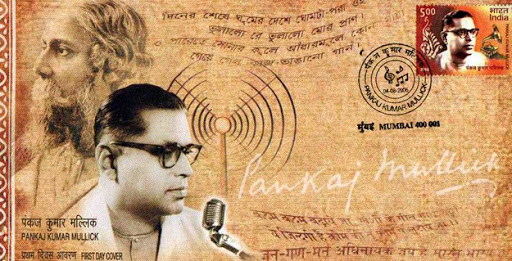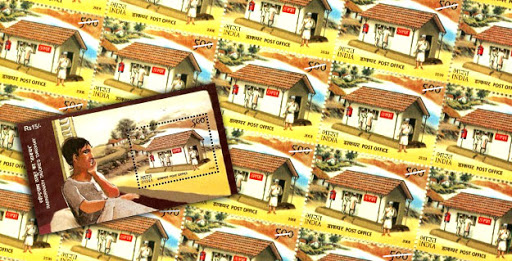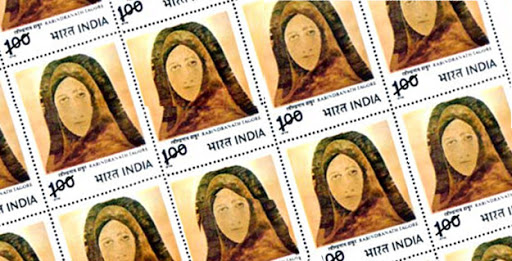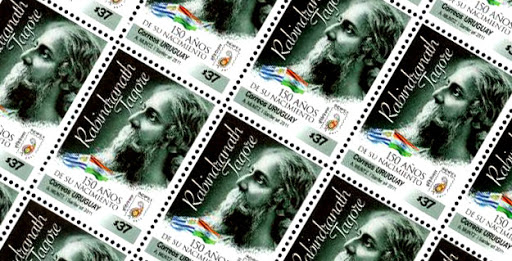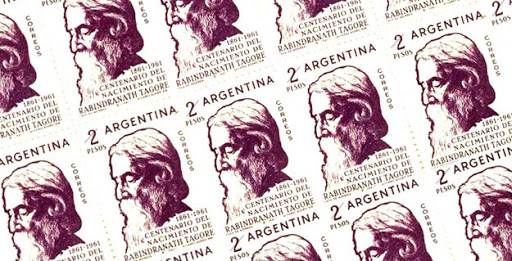Orchid Depicted On 1 Rupee Stamp is Cymbidium aloifolium
Cymbidium aloifolium is found in dry decidious forests in tree trunk and branches, mossy rocks, rotting wood, and leaf litter of open areas with partial shade. The plant is found at elevations of 0 to 1500 meters in Guangdong, Hong Kong, China; Bangladesh; eastern Himalayas; Assam India; Nepal; Sri Lanka; Andaman Islands; Myanamar; Thailand; Laos; Cambodia; Vietnam; Malaysia; Java and Sumatra.
Orchid Depicted On 2.50 Rs Stamps is Paphiopedilum venustum
Paphiopedilum venustum also known as Venus's shoe seems quite flawless : it is decorative not only for its flowers but also its leaves ;its proportions are ideal and the species ' cultivation demands are manageable by any beginner . From the historical point of view ,it holds one primacy : it was the first Venus's shoe ever to bloom in Europe (in England in 1819 ) . The plant forms dense clusters of several leaf rosettes; the leaves are dark green ,and red on the bottom . The spike bears a single flower and it reaches a length of 6 in /15 cm . The upper sepal is white with pronounced green stripes ,the blunt-edged petals are wine-red on the ends and embellished with several conspicuous dark papillae . The lip is adorned with an intense brown -and -green marbling . Grow the species the same as P. insigne . The flowers are enjoyed in the winter .O. Venustum comes from the Himalayas .
Orchid Depicted On 3 Rs Stamps is Aerides crispum
Aeris Crispum is Indian species. The unusual saddle shaped lip is distinctive of this species. Easy enough to grow, best grown in a small basket in a well drained media with good ventilation, as it is intolerant of stale air conditions. Grows somewhat on the dry side in the cooler months.
Orchid Depicted On 4 Rupees Stamps is Cymbidium bicolour
Plants are found growing on trees in the semi deciduous forest of India,Southern China, Vietnam, Pennisular Malaysia, Borneo, Sulawesi, Java, Sumatra and the Philippines at elevations of 800 to 1100 meters
Plant should be grown in cool to warm areas with medium to bright light. Pot with bark and perlite. Plant prefers dry periods between watering. Reduce watering during the winter. Water about once a week.
Orchid Depicted On 5 Rupees Stamp is Vanda spathulata
Vanda spathulata is an endemic and exquisite orchid of Peninsular India and Sri Lanka
Orchid Depicted On 650 Rupees Stamp is Cymbidium devonianum
Cymbidium devonianum is found growing on trees and mossy rocks in Assam and Meghalaya India, eastern Himalayas, Nepal, Bhutan, Myanmar, Thailand and Vietnam at elevations of 1450 to 2200 meters
Cymbidium devonianum was first flowered in the collection of the Duke of Devonshire Chatworth, Britain in 1843.It was first collected by Gibson in the Khasia Hills of North India in 1837.The species was later described by Paxton in the Magazine of Botany in 1843.In 1983 The species was discovered growing in the scrublands containing Rhodendron lyi and Agapetes saxicola Northern Thailand by Du Puy and Seidenfaden.






